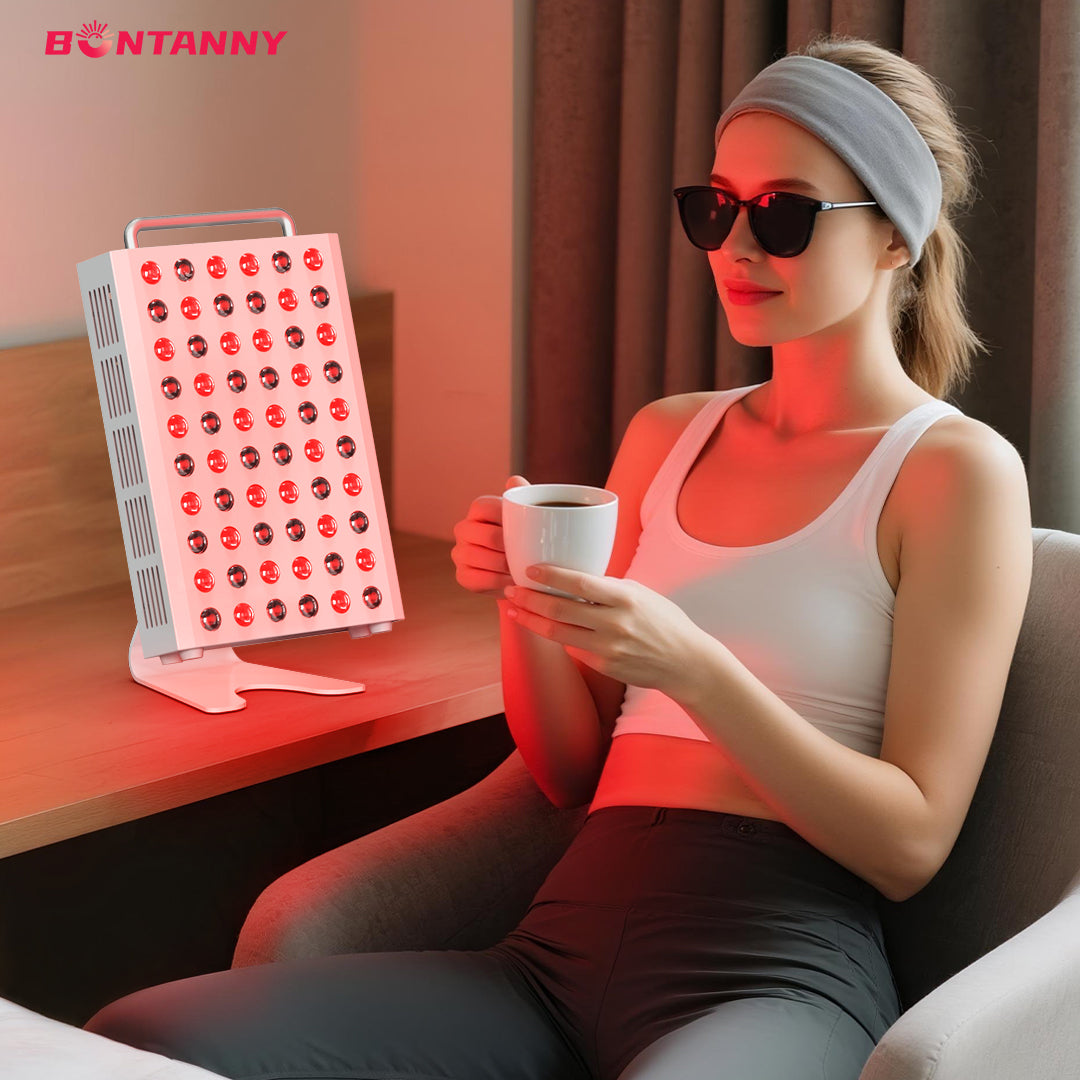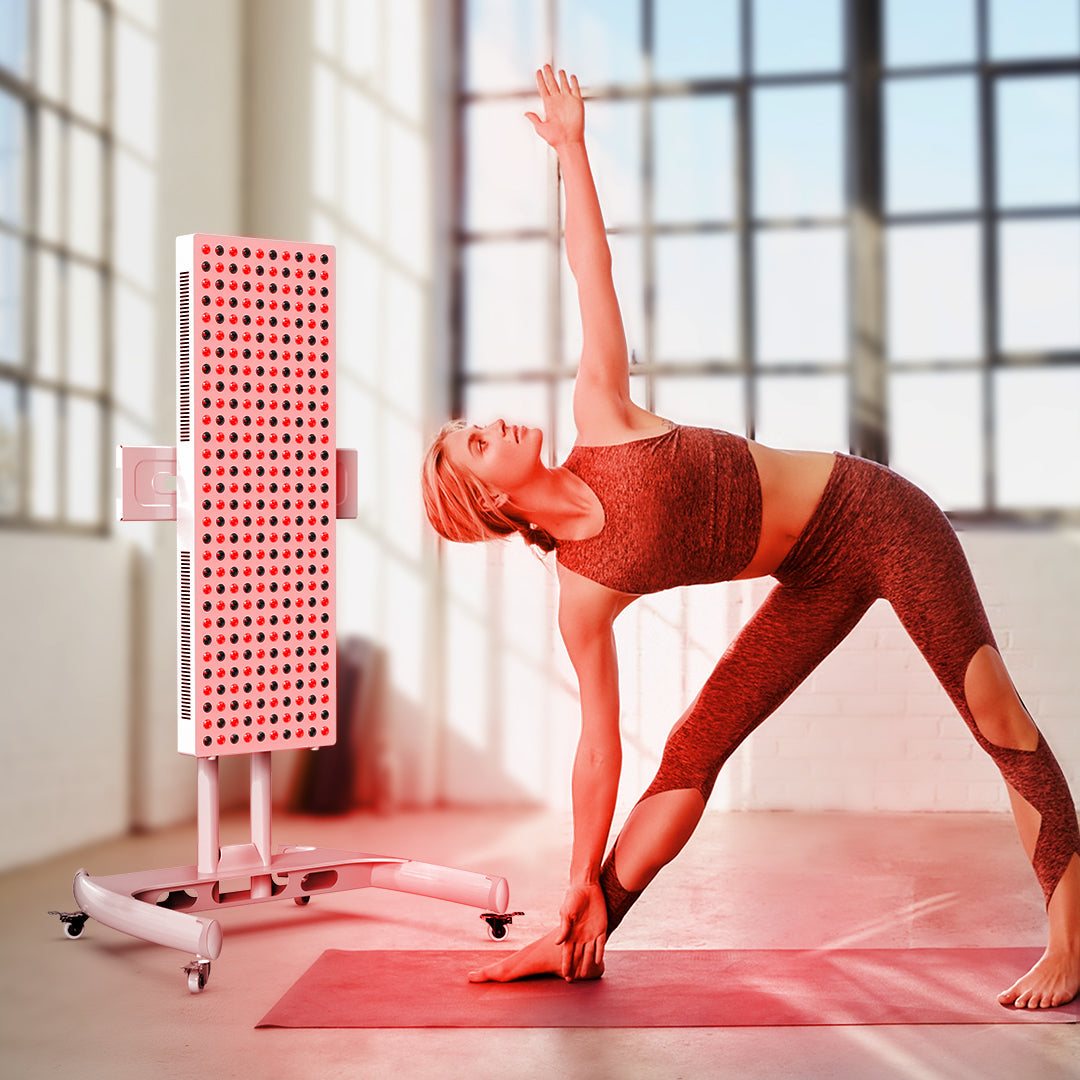Effective Recovery Methods for Gym Injuries Beyond Infrared Therapy
Getting injured during workouts—whether it's a strain, sprain, or bruise—can be frustrating. While infrared therapy is a popular recovery tool, combining it with other rehabilitation methods can speed up healing and prevent future injuries. Here are some effective ways to recover from gym-related injuries:
1. R.I.C.E. Method (Rest, Ice, Compression, Elevation)
-
Rest: Avoid putting stress on the injured area to prevent further damage.
-
Ice: Apply ice packs for 15-20 minutes every 2-3 hours to reduce swelling.
-
Compression: Use an elastic bandage to support the injured area and minimize inflammation.
-
Elevation: Keep the injured limb raised above heart level to decrease swelling.
2. Gentle Mobility & Stretching
Once acute pain subsides, perform light stretches and mobility exercises to maintain flexibility and improve blood circulation. Avoid aggressive movements—focus on controlled, pain-free motions.
3. Foam Rolling & Massage
-
Foam rolling helps release muscle tension and improves tissue recovery.
-
Sports massage can reduce muscle stiffness and enhance blood flow to the injured area.
4. Strength & Stability Training
After the initial healing phase, gradually reintroduce strength exercises to rebuild muscle and joint stability. Focus on:
-
Isometric exercises (e.g., wall sits for knee injuries)
-
Resistance band training for controlled muscle activation
-
Balance drills (e.g., single-leg stands) to improve proprioception
5. Heat Therapy (After 48 Hours)
Unlike ice (which reduces swelling), heat therapy (warm towels, heating pads) helps relax stiff muscles and improves circulation once inflammation has decreased.
6. Anti-Inflammatory Nutrition
-
Hydrate well to support tissue repair.
-
Eat protein-rich foods (lean meats, eggs, legumes) for muscle recovery.
-
Consume anti-inflammatory foods like turmeric, ginger, and omega-3s (salmon, walnuts).
7. Active Recovery & Low-Impact Cardio
Engage in low-intensity activities like swimming, cycling, or walking to maintain fitness without straining the injury.
8. Physical Therapy & Professional Guidance
If pain persists, consult a physiotherapist for a tailored rehab plan. They may recommend:
-
Ultrasound therapy
-
Electrostimulation (TENS)
-
Targeted corrective exercises
Final Thoughts
Infrared therapy is helpful, but combining it with these methods ensures a faster and safer recovery. Listen to your body, avoid rushing back into intense workouts, and prioritize long-term joint and muscle health.
Stay strong and recover smart! 💪




Leave a comment
This site is protected by hCaptcha and the hCaptcha Privacy Policy and Terms of Service apply.